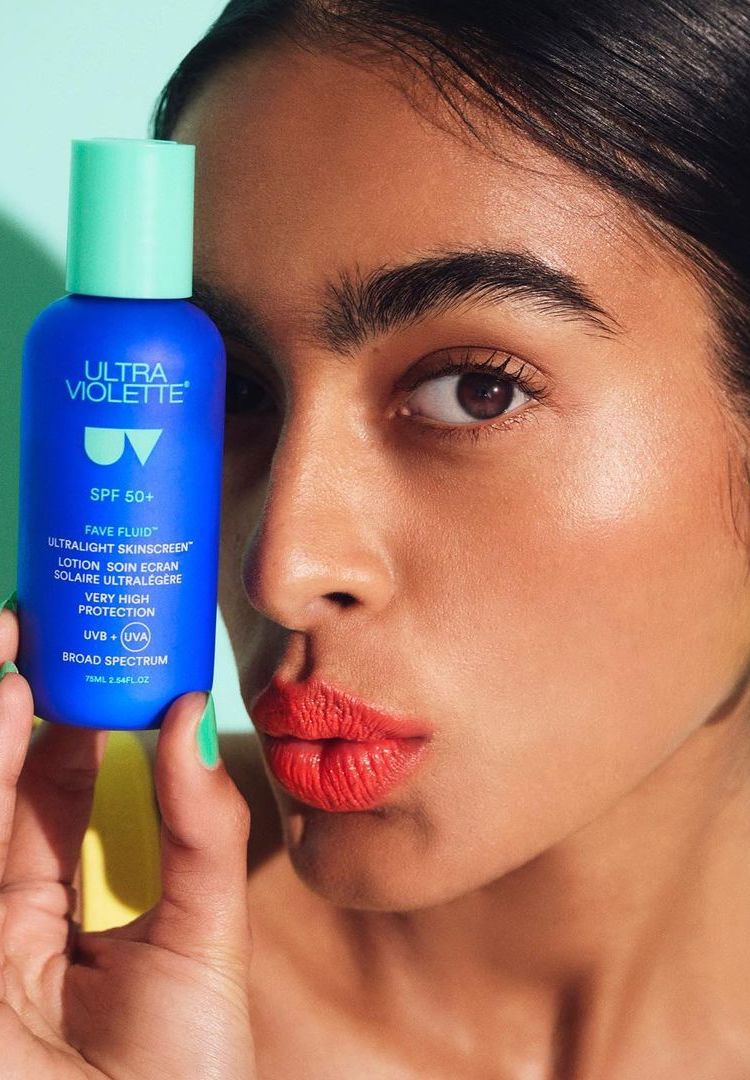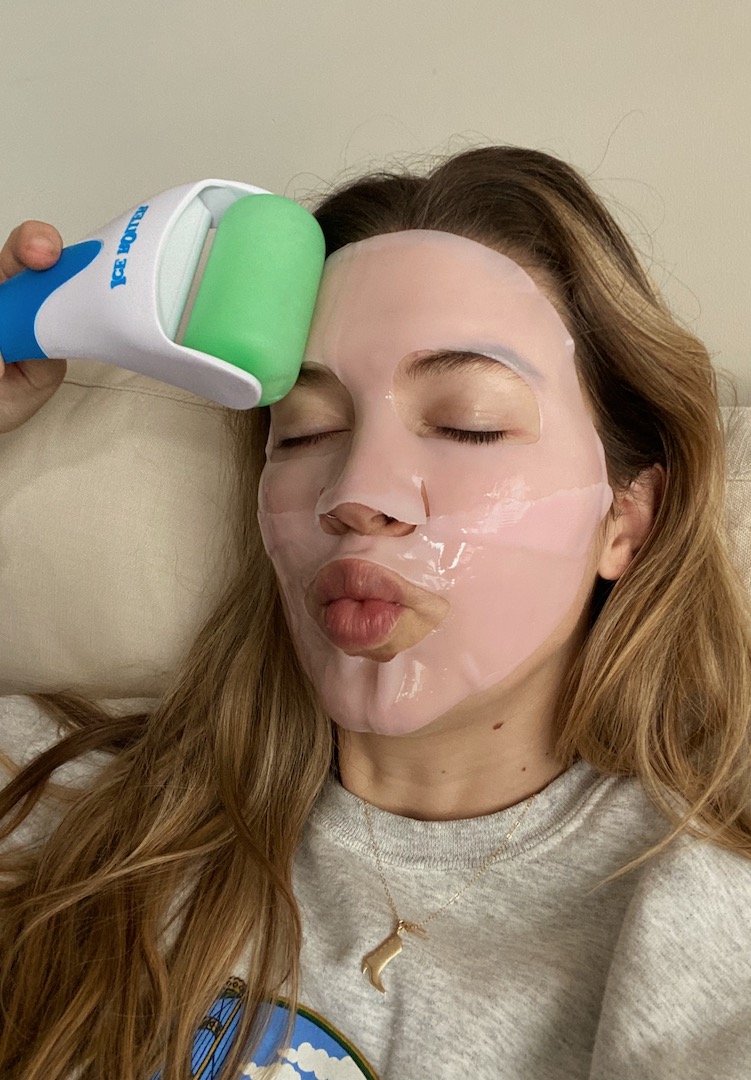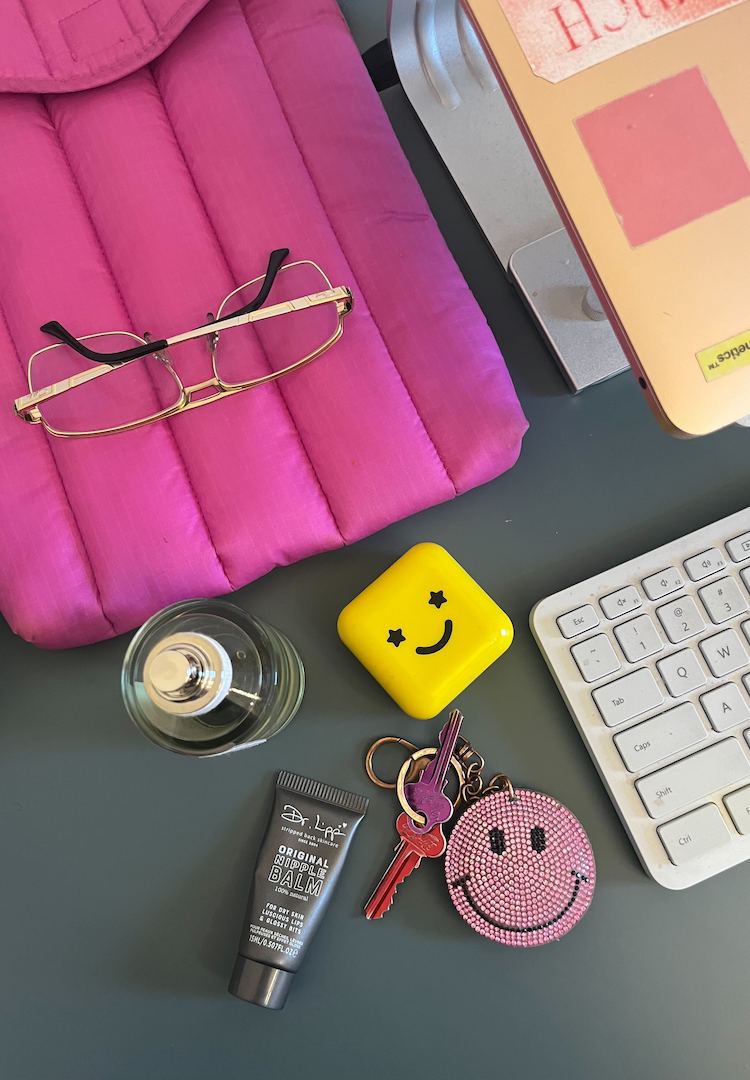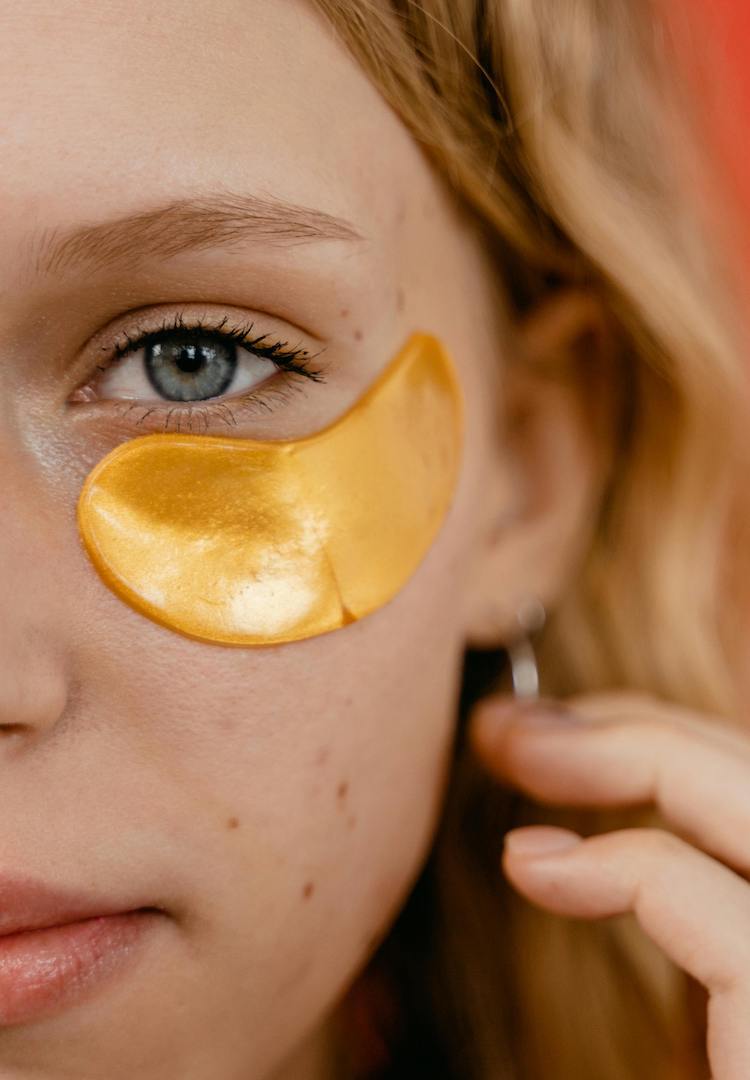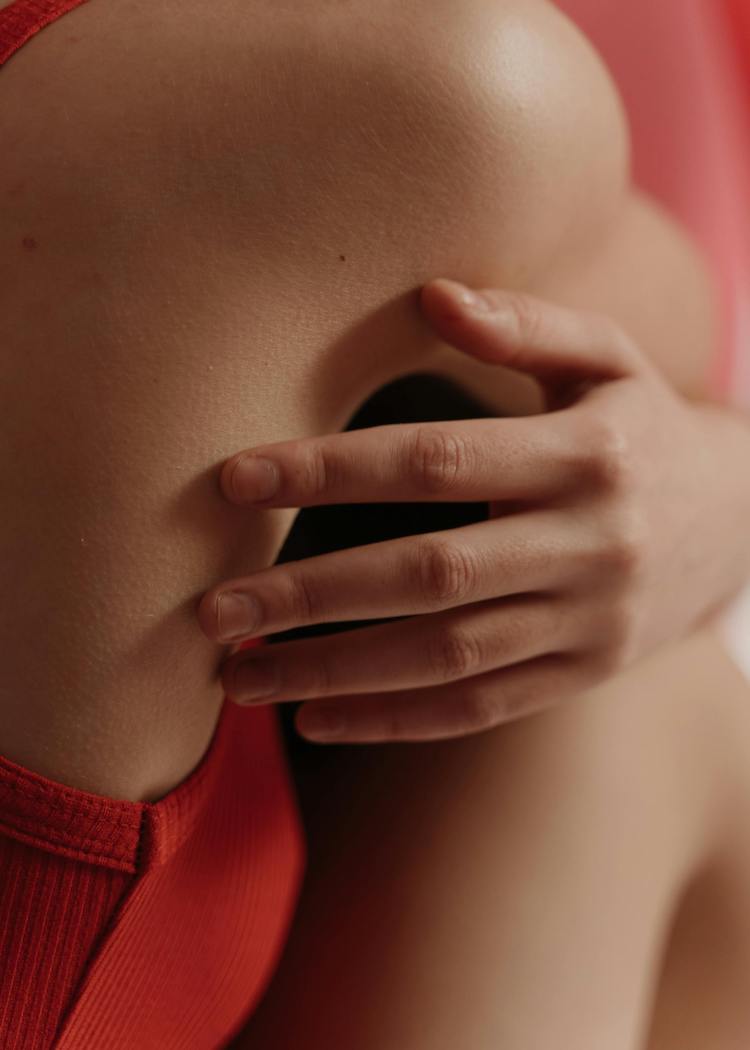Why witch hazel is the skincare ingredient to watch, according to a dermal therapist
IMAGE VIA @SKINSTITUT/INSTAGRAM
WORDS BY LIV LEDWIDGE
Solving the mystery of witch hazel.
If I’m honest, I have a love-hate relationship with skincare. I buy a hydrating moisturiser and I feel like I’m dripping in oil, I buy a sensitive cleanser and my skin becomes a desert. Being an 18-year-old, I’m still trying to figure out how best to tackle all the woes that come with being a teenage girl – oil, makeup residue, menstrual breakouts and the countless tears from watching too many romantic movies.
If you constantly find yourself going down a TikTok rabbit hole of skincare recommendations but end up spending far too much money on products you only use once, then you’ve come to the right place. Recently, there’s one ingredient that’s caught my attention and seems to be flooding my For You Page at the moment – witch hazel.
Looking for skincare recommendations? Head over to our Beauty section.
To begin with, I thought people were rubbing methylated spirits on their face; it’s a clear liquid that helps with breakouts! Before you ask, yes, I used to put dabs of alcohol on my blemishes to dry them out. Then I saw a woman apply it on her skin after she waxed and shaved, so I knew it definitely wasn’t that.
Witch hazel isn’t a groundbreaking new discovery, brands like Skinstitut, Thayers and Aesop have all dabbled with the ingredient. Although I’d been overwhelmed with videos about it, the benefits and uses of witch hazel still remained a mystery to me. So I asked Samantha Harman, Skinstitut’s Dermal Therapist and Education Executive, to solve this mystery for me.
What is witch hazel?
Witch hazel is a botanical extract which is readily used in skincare for its calming, anti-inflammatory and antioxidant properties.
What are the benefits of witch hazel?
Witch hazel has multiple benefits, but [it’s] used predominantly in skincare for its great soothing and anti-inflammatory properties. Witch hazel is great for helping skin irritation, works to improve acne and reduce the visible signs of ageing, think fine lines and wrinkles. It is also an astringent, it cleanses the skin without drying and helps to tighten pores.
Any skin types that should avoid it?
Witch hazel is safe for most skin types, but those who suffer from rosacea, have a compromised skin barrier or are pregnant should avoid it.
How do you recommend we use witch hazel products?
Most people can use witch hazel daily, however those with dry skin are best to only use it once or twice a week. Because of its soothing properties, it’s great for use to provide instant relief after cosmetic procedures such as laser (except Co2), IPL, waxing or sun exposure, which is why we’ve used it as one of the key botanical ingredients found in [Skinstitut’s] Laser Aid.
For more on botanical skincare products, try this.

